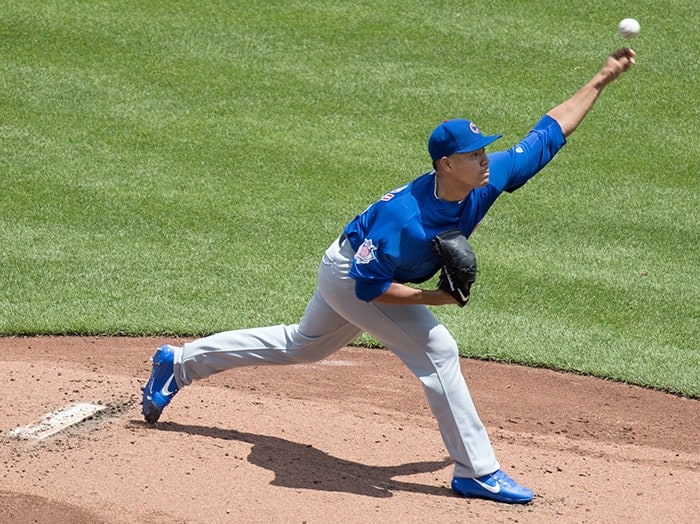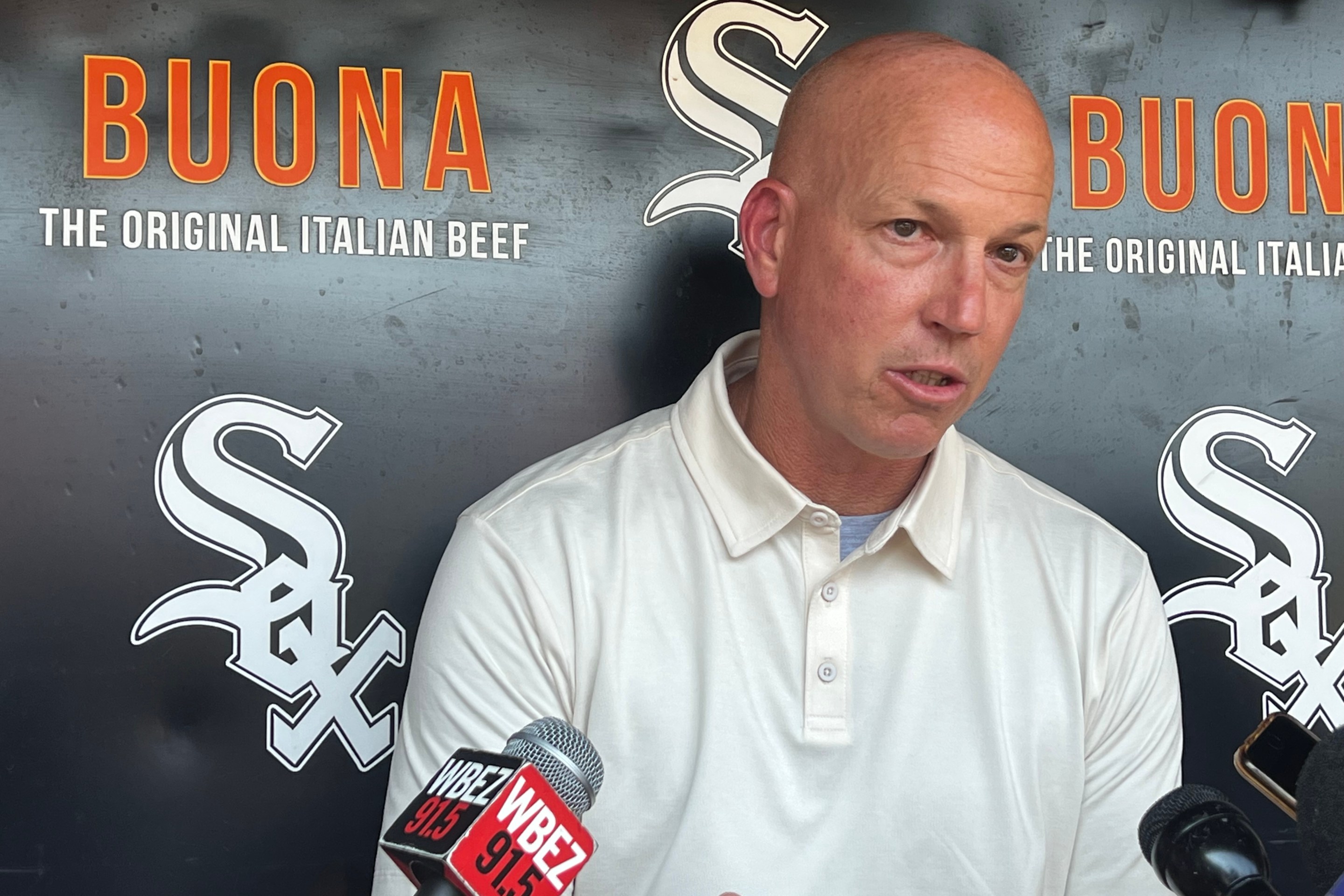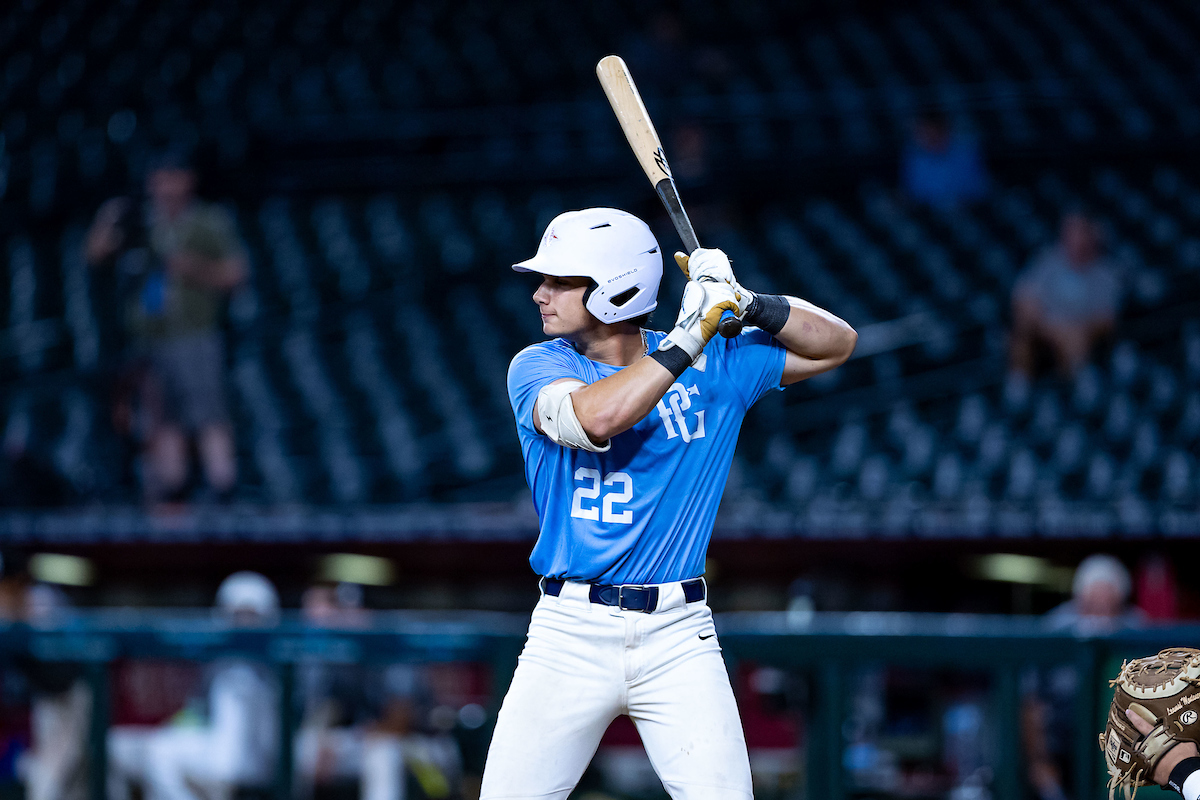Over the course of Chris Sale's White Sox career, we'd seen him throw fine starts with less than his best stuff. It'd provided scares along the way -- sometimes a DL stint would follow, sometimes it wouldn't -- but with an above-average changeup and two modes on his breaking ball, he could be a plus pitcher without his best stuff.
Jose Quintana operated on a seemingly smaller margin for error, which made his run of success even more noteworthy than Sale's, in some respects. His year-to-year approach relied on subtle tweaks to his fastball-curve combo, but the ingredients themselves never wavered in strength. Command, command, command made them last. Quintana's last half-season with the Sox showed the dangers of a more ordinary amount of lapses, but he recovered in time for a surprising deal to the Cubs.
That's why I understood why the White Sox would never seriously entertain sending Sale across town, but would be open to the right price on Quintana. Sale's best-case scenario includes Cy Youngs, strikeout records, no-hitters, a starring role in October and terrific quotes all the while, and that would be suffocating for both the front office and whatever players the Sox received in return. If you think people are overreacting to Yoan Moncada's stumbles now, imagine if he were the headlining player the Sox received for Chris Sale, Chicago Cubs Ace.
Instead, Sale's in Boston, where his pursuit of the American League Cy Young is largely consequence-free. He leads the league in ERA (1.97) and strikeouts (219), bWAR (6.6) and fWAR (5.9). His nearest competitor, Trevor Bauer, just hit the disabled list with a stress fracture in his ankle, the result of Jose Abreu's vicious line drive.
(Sale went on the DL himself for shoulder soreness, but he came back after a minimal of time missed and struck out 12 Orioles over five innings. My guess is that Sale's team finally had enough cushion in the standings to give him a breather in an attempt to avoid his typical September swoon.)
Quintana couldn't make oxygen combust in the same way, because we saw him get easily overshadowed even when pitching his best. It's an unfortunate byproduct of his style. He doesn't really get to indulge in the spoils, and when things aren't going well, it's a lot easier to worry about decay setting in.
Quintana gave up three homers over the first three innings in what turned out to be a 7-0 loss to Milwaukee on Tuesday. He recovered to get through five, but Sahadev Sharma of The Athletic says his last two starts have showed why it's tough to get excited for any silver lining:
By the chart above, the home run pitches were center cut. Certainly not what Quintana wanted. Maddon also wasn’t wrong that Quintana looked strong outside of those homers. He finally got hitters to chase some elevated heaters, and struck out five with just one walk in five innings. But he gave up five runs — all on those long balls — on six hits and that’s all that really matters. [...]
It’s getting harder and harder to focus on the positive aspects of Quintana’s starts. In his last outing in Kansas City, Quintana had a sloppy second inning in which he walked two batters and gave up two runs. He then retired 13 of the next 14 batters. It looked like he was going to deliver a quality start. But he started the seventh by giving up three straight hits, ending in a three-run homer, and suddenly a good night turned into another sloppy outing.
Really, you could replace "Quintana" with "Lucas Giolito" and it'd be the same feel. If only Giolito could figure out what's working sooner and avoid those first-inning disasters. If only Giolito didn't lose his release point for a three-batter stretch. That sort of thing.
Quintana's traditional Cy Young markers don't look bad: 10-9, 4.46 ERA, 110 strikeouts over 125 innings. When taken with some North Side disappointment with his more usual level of performance last year, one might assume his chief flaw is still a lack of excitement.
Other peripherals better describe the frustration. He's dealing with career worsts in:
- Home run rate: 1.44 per nine innings (previous worst: 1.1)
- Walks: 10.2 percent (7.7)
- Innings per start: 5.43 (5.9)
All of the previous highs/lows were established last season. The last one can partially be explained by National League rules. He's averaging 91 pitches per start when he was in the 99-105 territory with the Sox, but a manager just might not be tempted to get an extra inning out of this version of Quintana when a pinch-hitting situation arises. And because Quintana doesn't look much different when he's succeeding, he doesn't have a satisfying explanation. It's always about whether he can execute better.
“The home runs changed the game,” Quintana said. “I really feel bad about this game. It was a big game coming in after last time, against a division rival. I’m upset I wasn’t able to execute today.”
Yu Darvish is there to show everybody that Quintana's not yet at a worst-case scenario, and Cole Hamels offers some distraction with three excellent starts with the Cubs, but it's safe to say the tracks on the Sale and Quintana trades have diverged for good.
With Eloy Jimenez ready for a promotion months ago and Dylan Cease putting together an upper-echelon outcome for his 2018 season, even a Quintana rebound isn't going to change the complexion of the deal until/unless Jimenez and Cease disappoint. We're approaching the crossroads I envisioned at the time of the deal ...
https://twitter.com/SouthSideSox/status/885534959599071232
... and we're not that far away from seeing how petty everybody gets.






